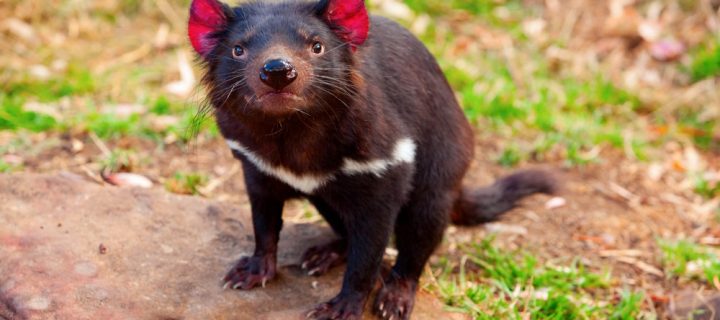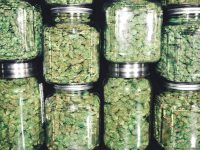New research from Australia suggests milk from a peculiar source – the Tasmanian devil – could be a tool to combat antibiotic-resistant superbugs.
The marsupial’s milk holds vital peptides that the Sydney University team say can potentially eliminate hard-to-treat infections, including MRSA. The experts hypothesize the Tasmanian devil’s milk evolved into such a potent defender against infection and disease as a means to aid their young grow strong.
Now, the scientists are looking into making new superbug treatments that mimic the work of the peptides. They’ve already copied the devil’s genetic code in order to recreate the infection-fighting compounds, cathelicidins.
In total, the Australian researchers uncovered six important peptides that they’ll hope to replicate. Interestingly, these peptides are similar to those found in the milk of other marsupials, meaning scientists should look into studying these animals, too.
“Tammar wallabies have eight of these peptides and opossums have 12,” says PhD student Emma Peel, who worked on the research project.
Recreating the six peptides, the researchers tested them on 25 variations of bacteria, and six kinds of fungi. Saha-CATH5, one of the six peptides, was particularly efficient in destroying the superbug methicillin-resistant Staphylococcus aureus, and MRSA. Other antibiotic-resistant bugs, like Vancomycin-resistant enterococcus, and Candida fungi, were also eradicated without much effort.
Hopefully there’s some momentum with this latest attempt at solving the superbug epidemic, which all medical and science experts agree is urgently needed. The majority of antibiotics we rely on today are simply overmatched by continually-evolving superbugs.
A recent report stated that by 2050, superbugs would kill one person every three seconds on the planet, unless we find effective treatments now.
“We need to do this hunting in unusual places for new antibiotics. People are beginning to explore and find new molecules,” says Dr. Richard Stabler, associate professor in Molecular Bacteriology at the London School of Hygiene & Tropical Medicine.
The research was published in the Nature journal, Scientific Reports.
Photo Credit: Oleksii G/Shutterstock












